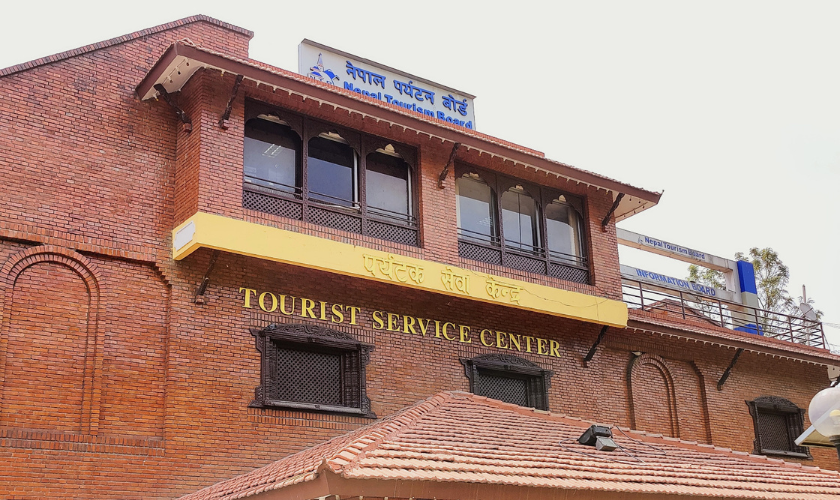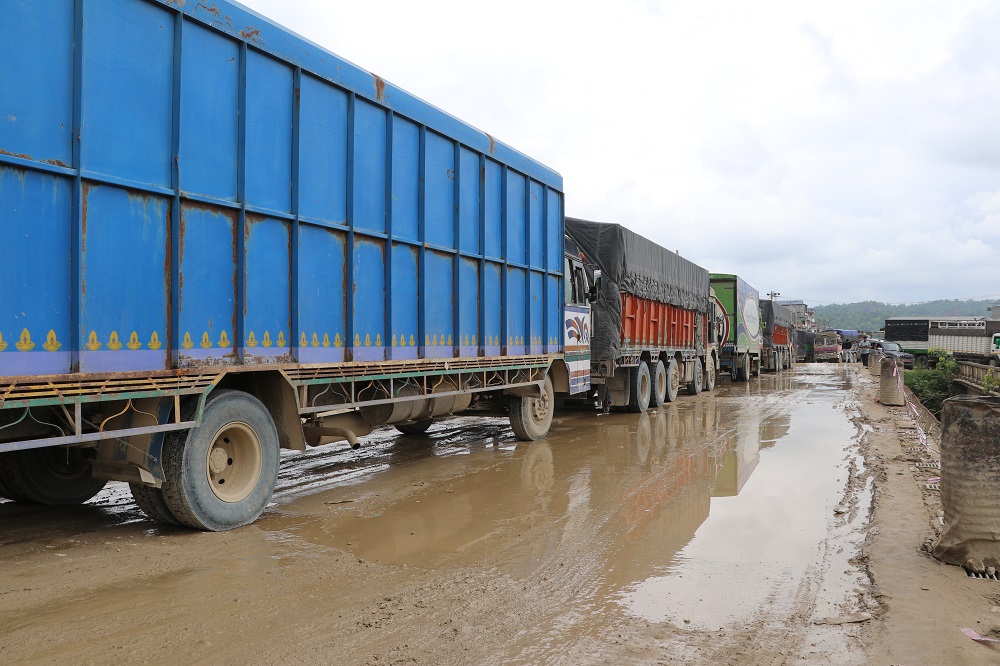Finance Minister Bishnu Paudel presented the Economic Survey 2024/25 before the House of Representatives on Thursday afternoon, outlining the overall economic, social, and infrastructural status of the country, hours before presenting the budget for fiscal year 2025/26.
The report reviews national development over the first eight months of the current fiscal year (mid-July 2024 to mid-March 2025) and the entire previous fiscal year.
The size of Nepal’s economy is projected to grow by 4.61 percent to reach Rs 6.107 trillion this fiscal. Regionally, all provinces—except Madhes, Koshi, and Sudurpaschim—are expected to post growth rates above the national average.
Sector-wise, agriculture is estimated to contribute 25.16 percent to the Gross Domestic Product (GDP), industry 12.83 percent, and the remaining share from services.
Per capita gross national income has increased to $1,517, while average consumer inflation stands at 4.72 percent, the survey noted.
By mid-March, federal expenditure had increased by 4.7 percent, and revenue collection rose by 12.6 percent compared to the same period last year, Paudel claimed. The fiscal deficit narrowed sharply to Rs 16.19 billion, down from Rs 70.36 billion in the same period last period. As of mid-March, the federal government’s outstanding public debt stood at Rs 2.676 trillion, equivalent to 43.8 percent of GDP.
Minister Paudel also highlighted improved financial access, noting that every local government now hosts at least one bank branch, with one banking outlet serving an average of 2,527 people. As of mid-March, deposits in banks and financial institutions had grown by 9.5 percent, and private sector lending increased by 7.7 percent. Life insurance coverage now reaches 44.17 percent of the population.
The survey also emphasized improvements in infrastructure and services: Electricity access, including alternative energy, now reaches 99 percent of the population. Total installed electricity capacity stands at 3,602 MW. The combined length of strategic and local road networks has reached 36,132 kilometers. The Human Development Index has improved to 0.622.
In education, the net enrollment rate in basic education (grades 1–8) reached 94.1 percent, while secondary level enrollment (grades 9–12) stands at 55.8 percent for academic year 2081.
In health and welfare, 37,984 low-income citizens received free treatment for heart disease, cancer, and kidney ailments by mid-March. During the same period, 96.85 percent of the population had access to basic drinking water, and 3.7 million people received social security allowances.













